Présentation
RÉSUMÉ
La thérapie photodynamique, appelée aussi PDT, connaît depuis une trentaine d'années un essor constant, l'imposant définitivement comme une alternative thérapeutique majeure dans le traitement de nombreux cancers. À l'origine de cet essor, la compréhension des processus physico-chimiques mis en jeu lors de la PDT et l'identification des paramètres permettant d'améliorer son efficacité ont conduit à une optimisation spectaculaire de la structure des photosensibilisateurs mis en jeu. Ces évolutions sont présentées, avec les dernières stratégies mises en œuvre dans ce cadre.
Lire cet article issu d'une ressource documentaire complète, actualisée et validée par des comités scientifiques.
Lire l’articleABSTRACT
Photodynamic therapy, also called PDT has been continuously developed over the last thirty years, and has become a major alternative approach in the treatment of a large number of cancers. At the origin of this development, progress in the comprehension of physico-chemical processes involved in the PDT, and the identification of parameters allowing for the improvement of its efficiency have led to a spectacular optimization of the structure of the photosensitizers involved. These evolutions are presented along with the latest strategies implemented within this framework.
Auteur(s)
-
Cyrille MONNEREAU : Docteur en sciences chimiques de l'université de Nantes - Maître de conférences avec chaire CNRS à l'École normale supérieure de Lyon - Chercheur au laboratoire de chimie de l'ENS Lyon (université Lyon 1, UCBL), UMR5182 équipe « Chimie Pour l'Optique »
-
Chantal ANDRAUD : Docteur en sciences chimiques de l'université Paris VI - Directrice de recherche au CNRS - Directrice du laboratoire de chimie de l'ENS Lyon (université Lyon 1, UCBL), UMR5182 - Responsable de l'équipe « Chimie Pour l'Optique »
INTRODUCTION
Domaine : Techniques non invasives de thérapie du cancer
Degré de diffusion de la technologie : Émergence | Croissance | Maturité
Technologies impliquées : synthèse chimique, technologies diodes et lasers, (bio)photonique
Domaines d'application : thérapie non chirurgicale du cancer et de maladies liées au vieillissement cellulaire
Principaux acteurs français :
Pôles de compétitivité :
Centres de compétence : 60 centres hospitaliers équipés en France (leader : CHU d'Angers – service d'urologie) ; unité « Conception Synthèse et vectorisation de biomolécules (CNRS UMR 176, Institut Curie, Paris, France) ; laboratoire de Chimie de l'ENSL (UMR 5182, ENSL, université de Lyon, France)
Autres acteurs dans le monde :
Centres de recherche hospitaliers : PhotoDynamic Therapy Center (Roswell Park Cancer Institute, Buffalo) ; PhotoDynamic Therapy Center-LW Jenkins Cancer Center (Pitt County Memorial Hospital-BrodyScool of Medicine, East Carolina University) ; Moscow PA Gertsen Oncology Research Institute ; Department of Cancer Research and Molecular Medicine (Norwegian University of Science and Technology, NTNU, Trondheim)
Photosensibilisateurs : Draxis Pharma, Axcan Pharma, Novartis, Biolitec Pharma, DUSA, Galderma
Sources lumineuses : Coherent Inc., Biolitec, Photocure, PhotoMedex
Contact : [email protected], [email protected]
DOI (Digital Object Identifier)
CET ARTICLE SE TROUVE ÉGALEMENT DANS :
Accueil > Ressources documentaires > Biomédical - Pharma > Technologies pour la santé > Imagerie médicale – Thérapies par ondes > Thérapie photodynamique : évolution chimique des photosensibilisateurs
Cet article fait partie de l’offre
Innovations technologiques
(184 articles en ce moment)
Cette offre vous donne accès à :
Une base complète d’articles
Actualisée et enrichie d’articles validés par nos comités scientifiques
Des services
Un ensemble d'outils exclusifs en complément des ressources
Un Parcours Pratique
Opérationnel et didactique, pour garantir l'acquisition des compétences transverses
Doc & Quiz
Des articles interactifs avec des quiz, pour une lecture constructive
Présentation
Cet article fait partie de l’offre
Innovations technologiques
(184 articles en ce moment)
Cette offre vous donne accès à :
Une base complète d’articles
Actualisée et enrichie d’articles validés par nos comités scientifiques
Des services
Un ensemble d'outils exclusifs en complément des ressources
Un Parcours Pratique
Opérationnel et didactique, pour garantir l'acquisition des compétences transverses
Doc & Quiz
Des articles interactifs avec des quiz, pour une lecture constructive
BIBLIOGRAPHIE
-
(1) - PATHAK (M.A.), FITZPATRICK (T.B.) - The evolution of photochemotherapy with psoralens and UVA (PUVA) : 2000 BC to 1992 AD. - Journal of Photochemistry and Photobiology B, Biology, 14(1-2), p. 3-22 (1992).
-
(2) - SRINIVAS (C.), RAI (R.) - Phototherapy : an indian perceptive. - Indian Journal of Dermatology, 52(4), p. 169-175 (2007).
-
(3) - CHOUDHARY (S.), NOURI (K.), ELSAIE (M.) - Photodynamic therapy in dermatology : a review. - Lasers in Medical Science, 24(6), p. 971-980 (2009).
-
(4) - ORTONNE (J.-P.) - Psoralen therapy in vitiligo. - Clinics in Dermatology, 7(2), p. 120-135 (1989).
-
(5) - PARSONS (B.J.) - Psoralen photochemistry. - Photochemistry and Photobiology, 32(6), p. 813-821 (1980).
-
(6) - GÖRING (H.D.) - Zum 100. Todestag von Niels Ryberg Finsen. - Der...
DANS NOS BASES DOCUMENTAIRES
Site de la Haute Autorité de Santé, informations sur :
Visudyn® http://www.has-sante.fr/portail/jcms/c_486276/visudyne
Foscan™ http://www.has-sante.fr/portail/jcms/c_1012344/foscan?xtmc==2
Metvix® http://www.has-sante.fr/portail/jcms/c_523323/metvixia?xtmc==1
Hexvix®...
Cet article fait partie de l’offre
Innovations technologiques
(184 articles en ce moment)
Cette offre vous donne accès à :
Une base complète d’articles
Actualisée et enrichie d’articles validés par nos comités scientifiques
Des services
Un ensemble d'outils exclusifs en complément des ressources
Un Parcours Pratique
Opérationnel et didactique, pour garantir l'acquisition des compétences transverses
Doc & Quiz
Des articles interactifs avec des quiz, pour une lecture constructive











